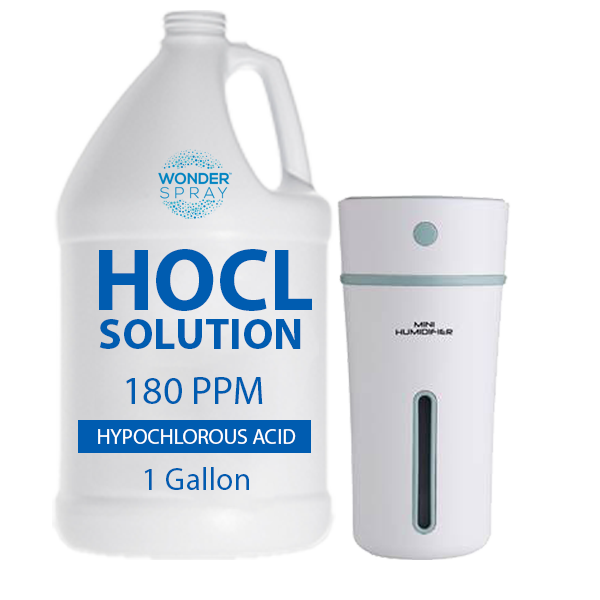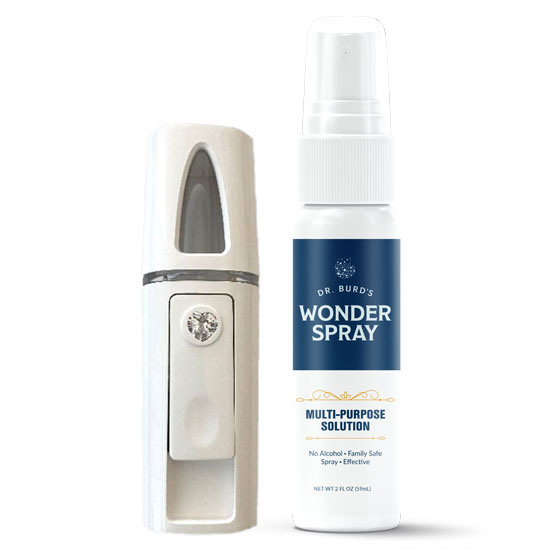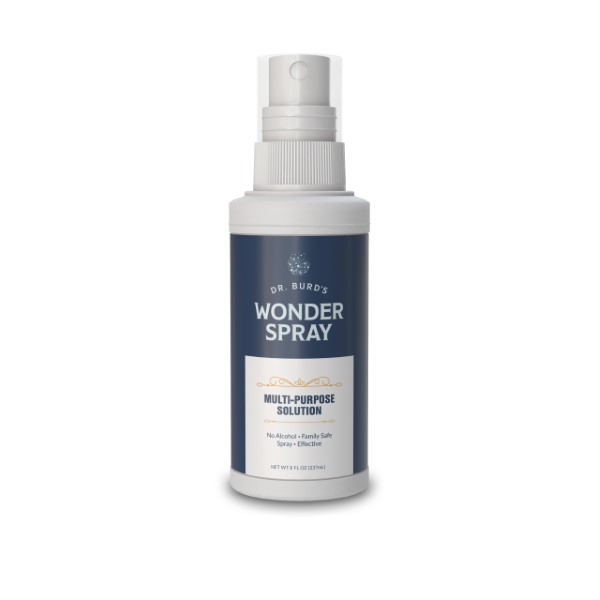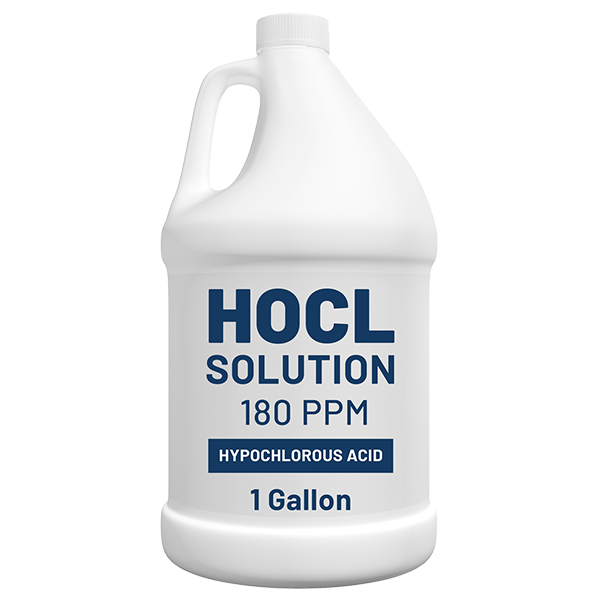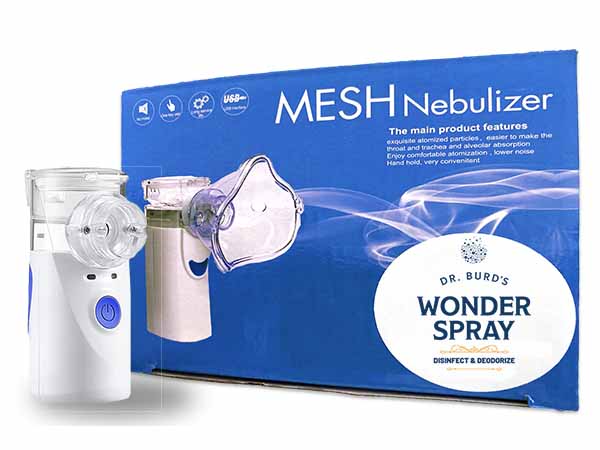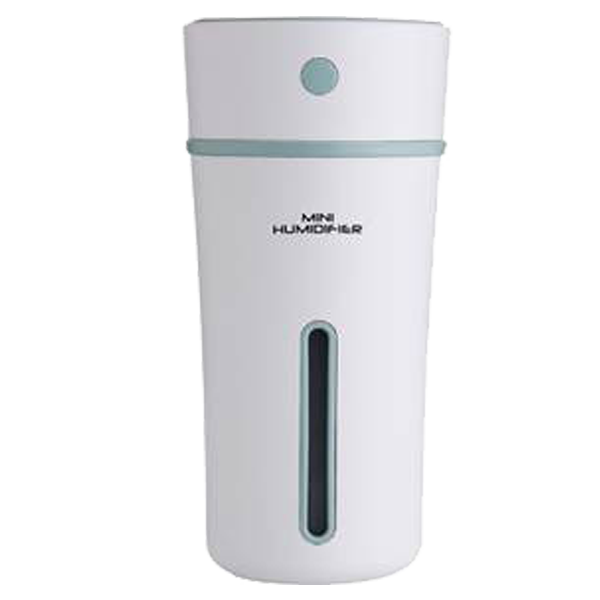Cataract is one of the most common conditions in the eye that affects the lens becoming it opaque. It occurs as a result of the aging process or sometimes it is congenitally acquired. The progression of cataract to older person is usually slow, however, when cataracts happen due to injury, it usually happen very quickly. Based on the statistics, persons with diabetes mellitus tend to have the highest occurrence of this eye condition.
The usual symptom of cataract is seeing halo around lights. Halo is like a ring that can be seen when one glares into the lights. The ophthalmologist will be the one to intervene a person with cataract and the one who is licensed to perform the cataract eye surgery. Surgery is often indicated to get rid of this eye disorder. There are two ways in cataract eye surgery; it would either be intracapsular extraction (removal of the lens within its capsule) or extracapsular extraction (removal of the lens, leaving the posterior portion of its capsule position). Visions will be restored through the following means; corrective eyeglasses, a contact lens, or an intraocular lens implant.
Cataract eye surgery is usually planned. Therefore, the patient is considered as an outpatient. For an outpatient, they are normally discharge right after the surgery. In order to prevent any complications after the cataract eye surgery, after care of the procedures must be properly followed. The following are the interventions that may ease the impediment of the healing process.
• The patients are usually advised not cough and sneeze. They are prescribed with medications to prevent these symptoms of coughing and sneezing. Too much coughing and sneezing may increase the intraocular pressure of the eye. When the intraocular pressure increases it may impede the normal healing process resulting to eye complications which would result to blindness.
• Antiemetic is also prescribed to the patient who undergone cataract eye surgery. This medication will prevent nausea and vomiting which can also increase the intraocular pressure of the eye.
• Administration of stool softeners is also included on the list of prescription. It will prevent the patient from exerting too much force on straining. Straining can also increase the intraocular pressure of the eyes. Any activities that will increase the pressure of the eye are prohibited until the full recovery of the patient will be attained.
• Patient must also be aware that he/she is not allowed to sleep or lie on the operative site, instead, sidelying position on the unoperative side is much encourage. When one lie on the operative side, increase of intraocular pressure will still inevitable. If an intense pain will be felt on the operative site, that is a sign of intraocular hemorrhage or rising of eye pressure, and it must be reported to the ophthalmologist immediately.
• After the procedure, patching of both eyes is indeed necessary. Patches will prevent the eyes from squinting or narrowing of the eyes.
This after care will help the patient to achieve the restoration of the vision. The main key to achieve this is strictly followed what is best for the patient as suggested by the ophthalmologist.
